Database Modernization
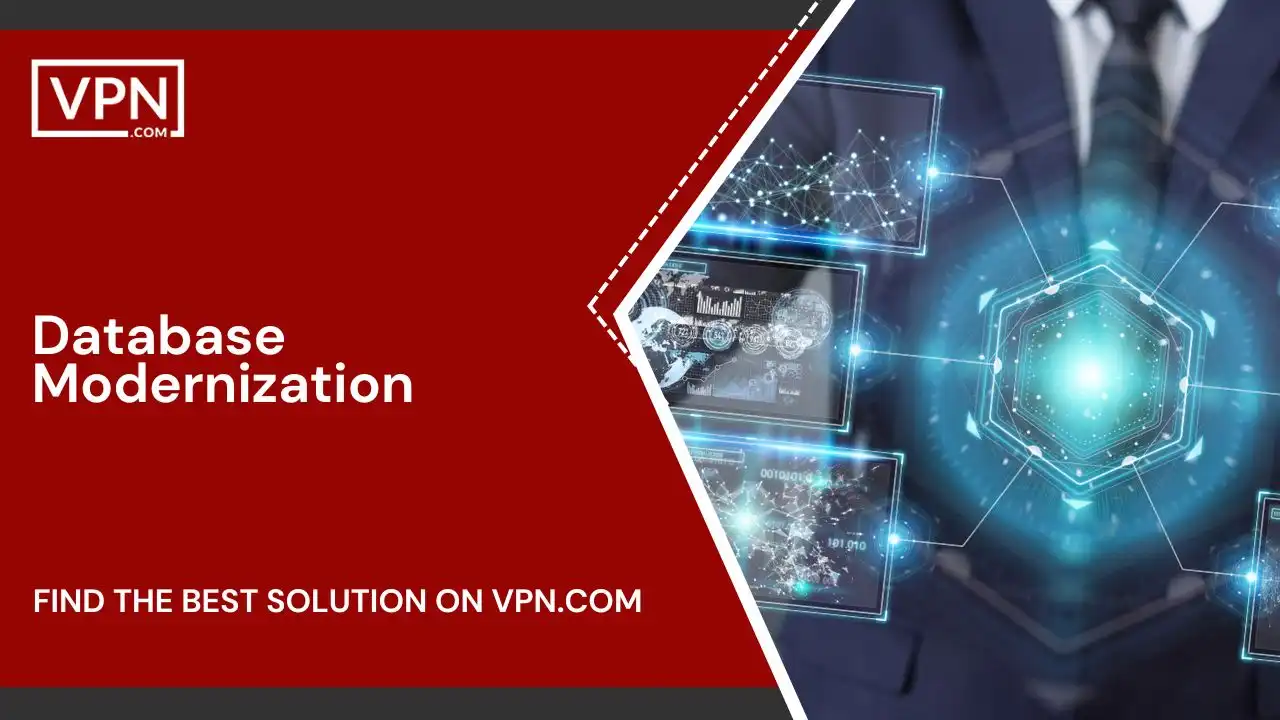
Data modernization refers to upgrading legacy databases and warehousing systems by migrating to cloud platforms, utilizing more scalable NoSQL databases, and optimizing hardware performance to meet growing analytics/reporting demands with faster speeds. Continue reading to learn about database modernization in detail!
What is Data Modernization?
Database modernization refers to upgrading legacy database platforms, software, and related data warehouse systems, powering core organizational analytics and reporting to more performant, secure, and scalable architectures.
It is driven by the exponential increases in data volume, variety, and velocity that emerging Internet of Things, mobile, and social systems fuel, aging on-premises database infrastructure struggles to keep pace, triggering the need for dedicated projects updating databases and surrounding technologies.
More modern approaches around non-relational NoSQL data stores, real-time transaction processing engines, open-source cloud-hosted MariaDB offerings, managed services like Amazon Aurora or Snowflake, and in-memory database models better align to the flow of fast-accumulating new data types and analytics expectations around advanced queries, predictive insights, and embedded machine learning.
The business motivation is to gain a competitive advantage with data and not let outdated infrastructure bottleneck critical operations.

Our #1 Rated Monitoring Service
- 24x7x365 multi-cloud security
- Security Assessment & Remeditation
- DevSecOps
- Cloud Disaster Recovery
Why Companies Invest in Database Modernization?
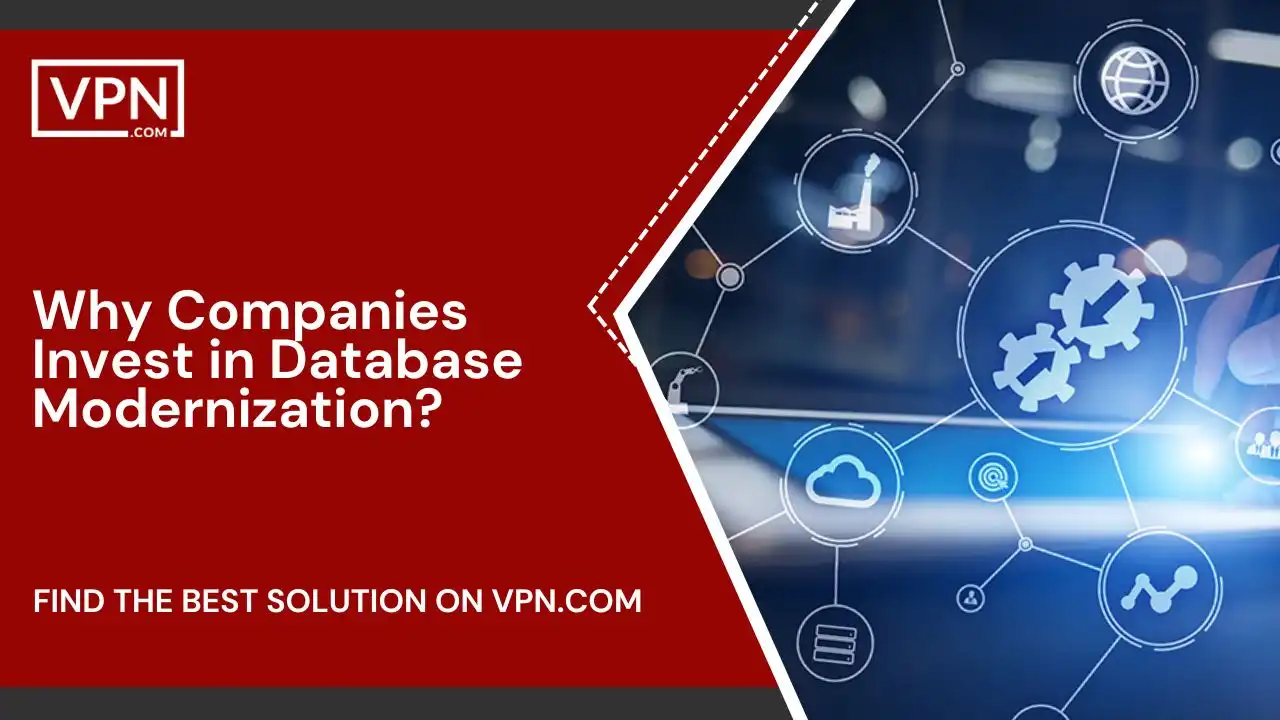
Companies invest in modernizing outdated infrastructure to achieve gains around mainly:
- Cost Reductions: Eliminating dependency on outdated mainframes and proprietary databases enables moving into more affordable open-source and cloud data platforms, drastically reducing licensing/hosting fees.
- Agility Acceleration: Transitioning into nimbler languages, frameworks, and cloud-based infrastructure better aligns crucial data operations with the pace of business change by accelerating deployments.
- Risk Minimization: Programmatic and operational risks surface from relying on dated skills, incompatible APIs, provider instability fears, plus forced upgrades. Modernizing sidesteps forced migrations down the road.
- Enriched Analytics: Modern columnar and cloud data warehouses allow the efficient running of advanced queries across vastly more datasets, enabling more predictive modeling, sentiment analysis, and optimized decision-making.
Types of Data Modernization
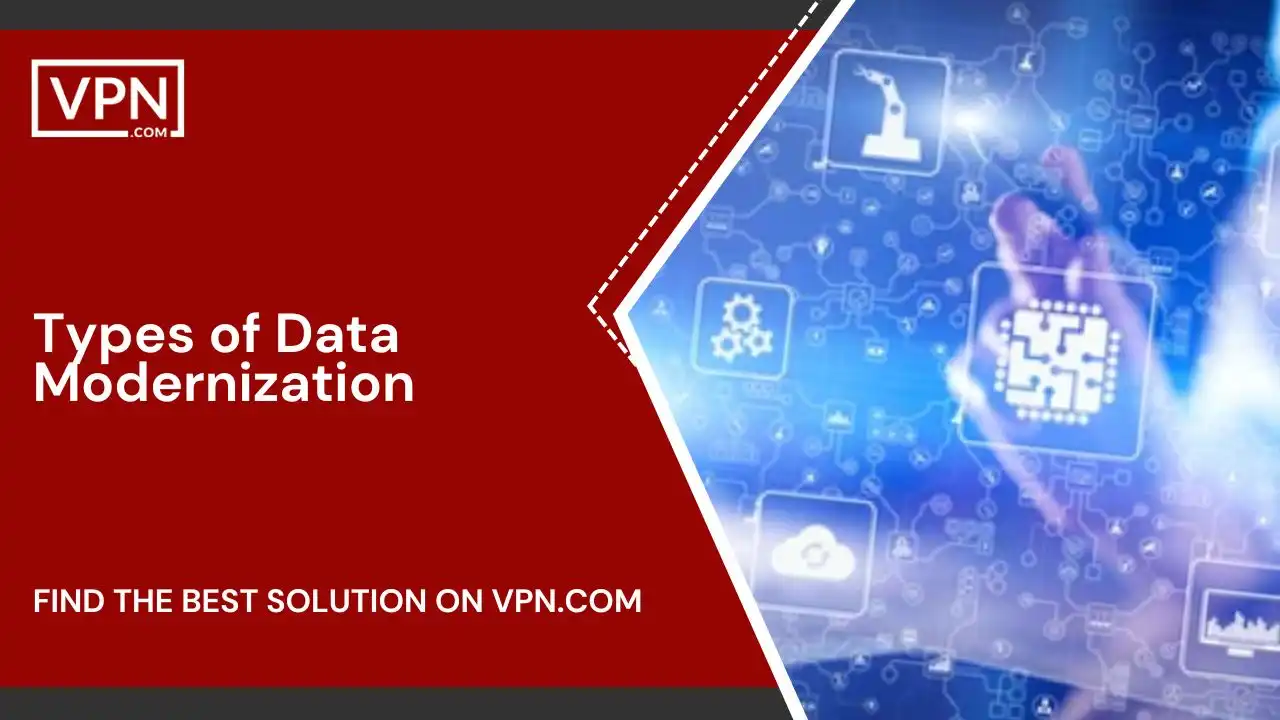
As technology advances with time, sometimes it becomes essential to improve hardware and software, transfer data to a new platform, or execute new database modernization management techniques. Improving hardware may include adding extra RAM or upgrading the processor to manage more demanding tasks.
Similarly, upgrading software may involve downloading the latest versions or entirely new programs more suitable for organizational goals. Migrating data to a new platform may require extra planning and teamwork to ensure no information is lost in the procedure.
Executing new database management strategies can benefit an organization by helping it manage and access essential details better. No matter the company’s approach, staying up-to-date with technology is crucial to being productive and competitive.
Hardware Modernization
Hardware Modernization involves refreshing aging server infrastructure around processors, storage, and memory to support escalating demands driven by surging data volumes that legacy setups can’t ingest or process efficiently. Common bottlenecks around report generation and DB read/writes get eliminated.
For example: retailers may refresh their analytics server configurations to accommodate growth in online transaction history databases, enabling faster customer segmentation analysis to drive more personalized email promotion campaigns.
Software Migration
Software/Database Migration focuses on transitioning legacy systems like niche mainframes, outdated SQL Server editions, or limiting proprietary platforms to contemporary options – whether OpenStack or Kubernetes-managed on-premises or ideally in autoscaling cloud infrastructure. This better leverages modern languages, frameworks, connectors, and tooling.
For instance, An insurance firm may undertake a phased project to shift aging policy databases from an outdated IBM DB2 mainframe system into a cloud-hosted deployment of MySQL for easier programming integrations with newer web and mobile applications to deliver policyholder experiences accelerating digital adoption.
Data Migration
Data migration is a process by which data is transferred from one system to another. Its primary function is to ensure that the data remains protected and correctly formatted throughout the transfer process. This process is essential during database modernization because many organizations prefer upgrading their systems to enhance efficiency and performance.
Data migration helps organizations transfer data safely and securely to their latest systems without losing or jeopardizing important information. One of the significant benefits of data migration is that it improves system performance, providing organizations access to better data analytics.
Some instances of data migration involve transferring customer data, inventory lists, and financial records. Data migration is a process that guarantees the smooth transfer of valuable data to support modernization and enhance functionality.
Database Management Modernization
Database management modernization is about improving an existing database system with more advanced technology and practices. With the amplifying growth of digital information, organizations and businesses must stay aware of modern database management techniques to stand out.
Database modernization enables companies to effectively manage and evaluate vast amounts of data, leading to better decision formulation and enhanced operations. The advantages of data modernizing a data management system involve improved efficiency, functionality, data security, and accessibility.
For instance, modernization may involve shifting from manual data entry to automatic data entry, applying cloud-based storage solutions, and adjusting machine learning algorithms for data analysis. To sum up, database management modernization is essential for organizations and businesses struggling to improve their data management features and eventually achieve tremendous success.
Benefits of Database Modernization
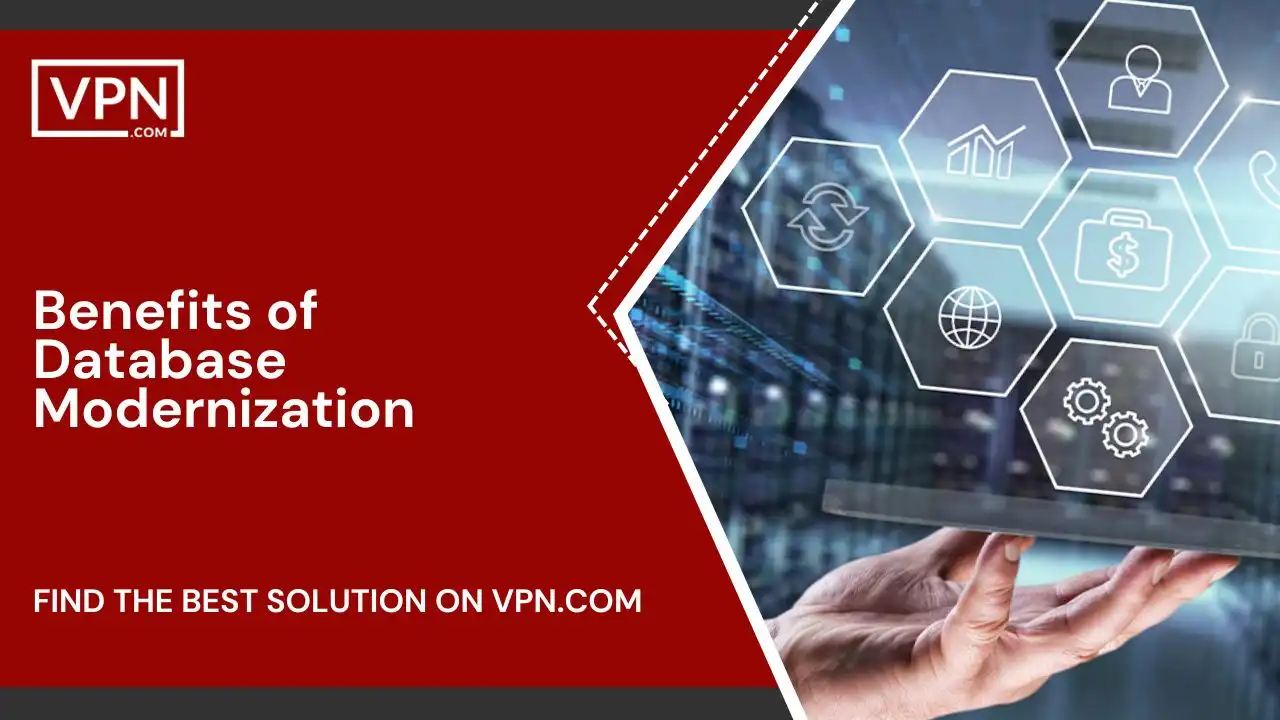
Every company in today’s ever-evolving business world tends to improve its reliability, performance, and security. Organizations often face the challenges of efficiently grading their operations to achieve these goals. Companies may easily exceed these hurdles due to modern technology and advanced commercial skills.
Moreover, executing these technologies gives value to the organization and reduces long-term maintenance costs. When businesses spend on modern solutions, they improve their productivity and provide their staff with the tools required for success. Enhancing a company’s overall performance, reliability, scalability, and security is essential for its long-lasting success.
Performance Gains
Modern data platforms better leverage faster solid-state disks, maximize memory caches and distribute processing, which unlocks major report, query, and analysis acceleration gains compared to legacy systems buckling under data volume surges. End-user productivity and customer experiences tangibly improve.
Scalability
The improved ability to painlessly expand workloads across the modernized technology stack as data ebbs and flows allow adjusting capacity simply through server counts and utilizing auto-scaling capabilities inherent in cloud platforms. This helps cost-efficiently tackle seasonal processing spikes.
Reliability
Measurable stability improvements using maturity-tested solutions versus dated offerings minimize the crippling outages associated with unsupported legacy systems. Redundancy advances around instant failovers and backups further availability.
Cost Savings
Transitioning away from niche vendor software, proprietary hardware, and licensing delivers impactful savings year over year, which helps accelerate ROI in realizing the modernization efforts. Flexible consumption models in cloud IaaS/PaaS enable precise scaling spending in lockstep with usage.
Security
Locking sensitive datasets within modern data platforms leveraging role-based access, robust encryption, centralized permissions management, and careful network controls reduces exploit risks considering increasing threats.
Enriched Analytics
Modern columnar data warehouses running in the cloud enable efficient querying of vastly more datasets using advanced machine learning, predictive analytics, sentiment analysis, and optimized decision-making support.
Approaches Associated with Database Modernization
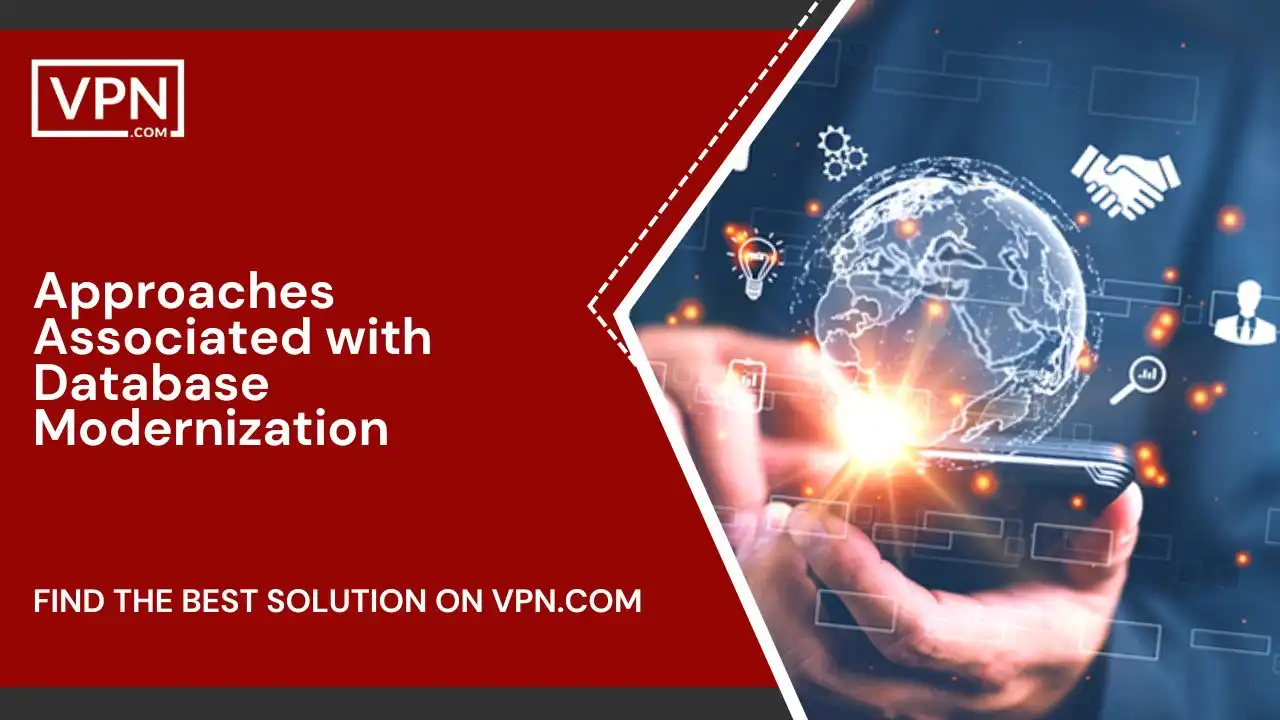
Database modernization services have become a hot topic of discussion for organizations trying to upgrade their business framework. In today’s digital landscape, shifting to cloud-based database solutions has become the most famous method to modernize databases through database modernization services.
In addition to cloud migration, taking NoSQL databases is one of the latest trends in database technology for businesses. Executing data virtualization or integration service solutions to improve query performance and decrease response time has become a famous strategy in the realm of database modernization services.
In the end, in-memory databases have been demonstrated to be a game-changer for businesses as they considerably enhance application performance and response times. By applying these approaches, organizations can give the dust for the curve in their database modernization efforts.
Cloud Database Migration
Rehosting databases like SQL Server or Oracle in performant managed services like AWS RDS or Azure SQL Database delivers automation benefits plus takes backups, scaling, patching, and uptime off IT’s plate.
NoSQL Adoption
As data demands diversify, NoSQL databases like MongoDB provide flexible schemas, horizontal scale-out capabilities, and leaner read/write speeds suiting modern apps better. Options exist that are fully managed to minimize admin overhead in cloud environments.
Data Virtualization
Instead of migrating entire datasets into unified data lakes, organizations can use abstraction to leave specific databases as they are while virtually integrating contents across legacy and modern systems, providing suitable data access.
In-Memory Systems
In-memory databases, which save data in the computer’s main memory instead of the hard disk, are increasingly favored by organizations due to their ability to access and analyze data at a brisk pace. The need for faster data processing drives this trend in database modernization.
Using in-memory databases has advantages, including increased performance, reduced response times, and faster query processing, pivotal aspects of database modernization. Furthermore, in-memory databases provide flexibility and scalability and are simpler to handle than traditional databases.
SAP HANA, Oracle TimesTen, and Microsoft SQL Server are some examples of in-memory databases. Unsurprisingly, in-memory databases, a key component in the database modernization landscape, are quickly becoming essential for many businesses, given the growing demand for real-time data processing.
Best Practices For Database Modernization
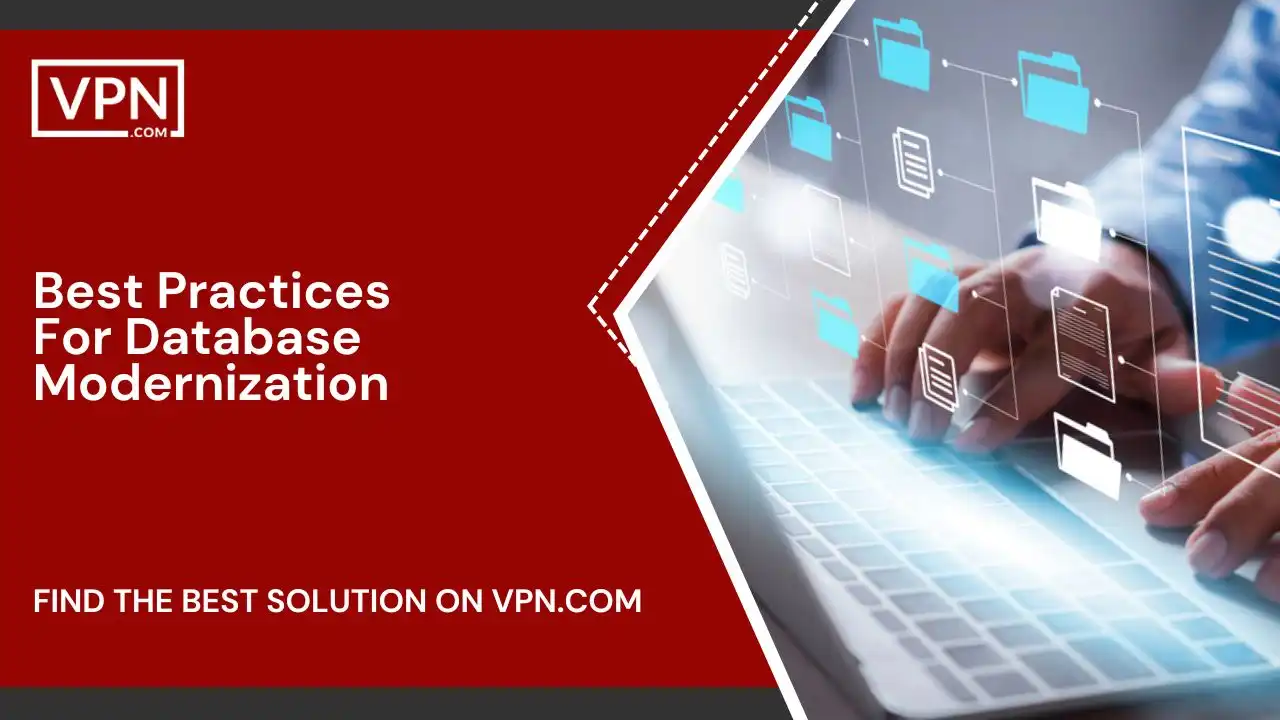
You must consider some best practices while planning for database modernization for better outcomes. Stick to these steps to stay a step ahead of your competitors.
Current State Audits First
Before racing ahead into concrete architectural changes, formally evaluate existing environments to categorize and map interdependencies tightly aligned to legacy databases that are earmarked for modernization. This prevents overlooking linkages.
Create Phased Transition Plans
Rather than attempting risky wholesale cutovers into new environments, tier workloads using multiple intermediate phases allow teams to incrementally shift small batches of applications off legacy platforms into modern counterparts for smoothing learning curves.
Prepare Staff for Business Changes
Beyond technical training for new admin skills required around modern data platforms, ensure that organizational stakeholders for impacts to reporting, analytics, and underlying processes driving essential business functions during transitional flux.
Focus on Backup & Restorability
Throughout initiative rollouts, verify backup systems and restore procedures are overhauled for the modern environments and datasets within to guarantee quick RTOs during disruptions. Disaster recovery testing proves capabilities work.
Construct Realistic Test Environments
Transition experiments conducted in sandboxes closely mimicking production scale and network connectivity characteristics allow uncovering configuration issues not apparent on a small scale. An accurate staging ground de-risks actual deployment.
Challenges Associated with Database Modernization
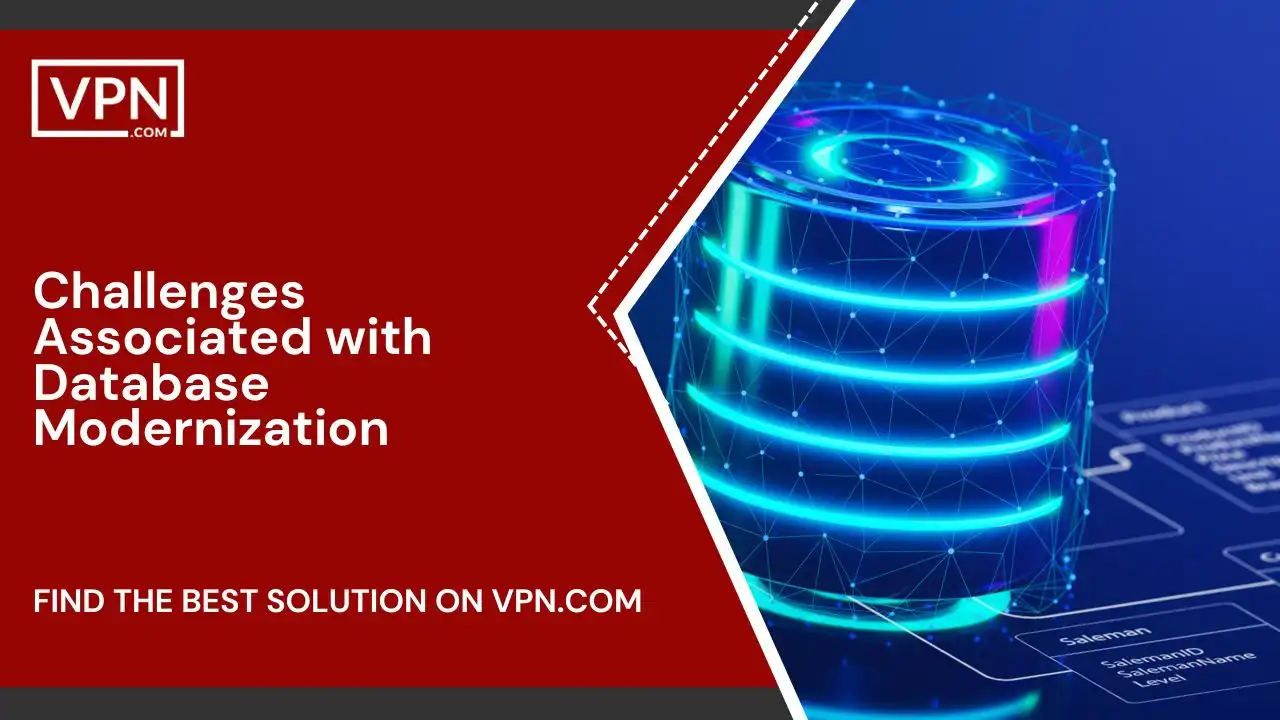
The affinity interest becomes more critical as technology advances, especially in database modernization. Ensuring everything works correctly can be challenging when many devices and software options are available. The problems associated with database modernization are data loss or corruption, compatibility issues, resistance to change, and cost and resource constraints.
However, when there are compatibility issues, the outcomes can be ruinous, including data loss or corruption. These problems can be money, time-consuming to correct, and discomfort. Companies often have to manage database modernization within a limited budget and resources, which makes it challenging to give the required time and attention to addressing compatibility issues.
Employee resistance to change can also make it more challenging to solve compatibility issues. Despite these difficulties, it’s essential to handle them seriously and devise solutions for your company to continue going forward.
Legacy Capability Gaps
Missing elements like outdated DB2 stored procedures without current equals may complicate application migration portions, requiring engineering resources to rebuild specific code-dependent processes from scratch.
Transition Execution Risks
Even meticulously orchestrated modernization efforts carry inherent chances of unforeseen outages, sync issues across old and new data sources, connectivity problems, or verification failures disrupting teams that require planning for quick rollback avenues if significant problems emerge in new environments.
Cost Overruns & Uncertainty
Projections around cloud consumption patterns across freshly modernized application stacks may prove inaccurate, resulting in unexpected cost spikes or requiring overprovisioning buffer budgets, minimizing early optimization ambitions.
Resistance within Stakeholder Ranks
Business power users comfortable exploiting capabilities around longstanding legacy reporting and analytics systems may push back on changes seen as forcing new tools/solutions that work differently, requiring unwanted retraining and skill rebuilding. Cultural inertia to alterations poses risks without engagement.

Our #1 Rated Monitoring Service
- 24x7x365 multi-cloud security
- Security Assessment & Remeditation
- DevSecOps
- Cloud Disaster Recovery
Conclusion
As this outline has explored core topics for enterprises to weigh regarding database and infrastructure modernization initiatives, outdated systems jeopardize critical operations through inherent inflexibilities, risk accumulations, and mismatching the pace of business change over long time horizons.
While upfront investments prove substantial in updating decades-old but mission-critical legacy platforms to cloud-hosted contemporary alternatives for database modernization, being deliberate across areas like security transitioning, disaster recovery verification, workload balancing, and cultural preparation helps balance disruption.
Database modernization executed in phases focused on isolating then migrating applications in priority order ultimately drives material gains around capital and licensing cost reductions, system reliability transformations built on the cloud’s economies of scale, unlocked visibility into usage patterns and enriched real-time analytics capabilities empowering predictive business insights unavailable in previous constrained reporting paradigms.
While fears persist around abandoning mainframes in use reliably for generations, careful current state audits paired with interim solution coexistence among legacy and modern technology stacks for database modernization insulate critical functions throughout gradual cutovers.
When supported by robust testing, disaster recovery testing, and cross-team coordination sustaining project momentum – data platform modernization delivers a long-term competitive advantage reaching far beyond transitional growing pains.




